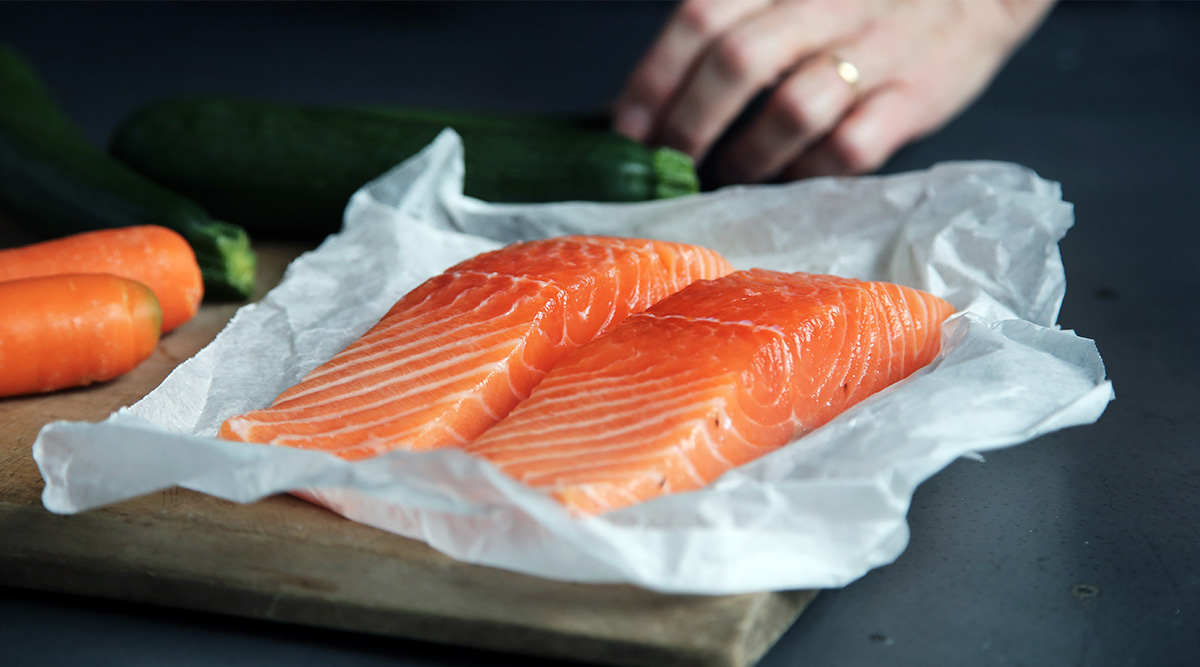You’ve heard them all before: fat is bad for you. Fat makes you fat. Well, that is not entirely true. You are more likely to suffer following a low-fat diet than going on a keto (high-fat) diet. Why? Fat is essential for our physical and mental health, and crucial in many bodily functions.
As much as you need carbohydrates and protein, your body also needs a certain amount of fat to stay healthy and slim. For one, some very important vitamins are fat-soluble. This means they have to be dissolved in fat before they are carried through your bloodstream. These are vitamins A, D, E and K.
Fat also helps maintain your body temperature and provide much needed padding and insulation for your internal organs. Padding? Yes, your organs need it! One of the most important organs in your body, your brain, is actually made of 60% fat. Your brain needs fat to build nerve tissues in order for it to stay in peak condition.
When you work out, your body uses calories from the carbohydrates you have eaten for energy. After 20 minutes, however, it depends on the calories from fat. Excess calories from fat are stored as energy in adipose tissue for future use.

Good Fat? Bad Fat?
Bad Fats
Saturated fats are generally considered to be the bad fats. They raise your bad cholesterol levels and put you at risk for heart disease. Saturated fats also promote inflammation. An increase in consumption of bad fat increases cases of asthma, allergies, diabetes and arthritis.
However, saturated fats can also be helpful when taken in moderation. Your body needs saturated fat to produce sex hormones like estrogen and testosterone. Individuals are advised to keep the saturated fat in their diet between six percent 10% or lower.
Good Fats
Monounsaturated fatty acids (found in olive oil) and polyunsaturated fatty acids (found in safflower and sunflower oils) are generally considered to be the good fats. They decrease triglycerides and your total cholesterol levels.
However, even the healthy fats can be bad for you. There are two types of polyunsaturated fatty acids: omega 3s, usually found in healthy food, and omega 6s, usually found in industrially processed oils and many prepared foods. It would be healthy to keep a two-to-one ratio of omega 6 to omega 3 compared to the 10 to one ratio that most people in the West consume.
Am I Consuming Enough Fat?
There isn’t an exact measure of how much is just right, but there are definitely signs you are not consuming enough.
Hunger
Fat gives you the feeling of fullness. Some people are tricked into eating fat-free snacks, not realizing they are actually overeating. If you don’t feel full, chances are you’re not eating enough calories, fat or fiber.
Dry Skin
Putting moisturizer on your skin isn’t enough to keep it moisturized. You need fat to keep your cells and skin happy. If you notice that you have flaky and itchy skin, consider including more essential fatty acids in your diet.
Extreme Mental Fatigue
Is your brain tired all the time? If you’re having trouble concentrating, it might point to an essential fatty acid deficiency. Neurological abnormalities like this can be solved by adding healthy fats to your diet.
In the end, moderation is key. Pay more attention not only to how much you eat, but also what you eat and the nutrients in them.













